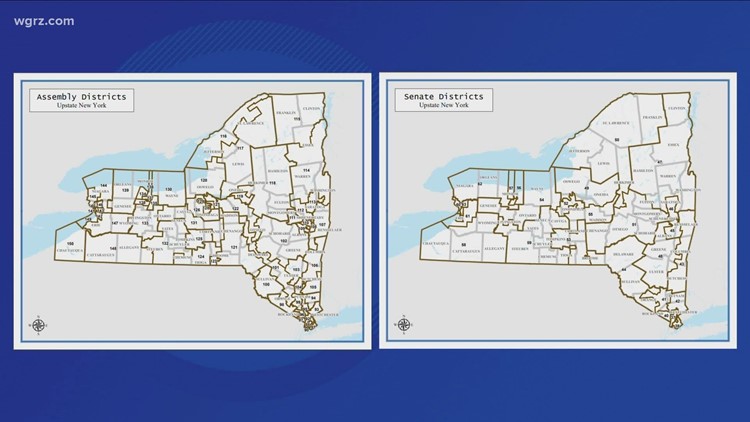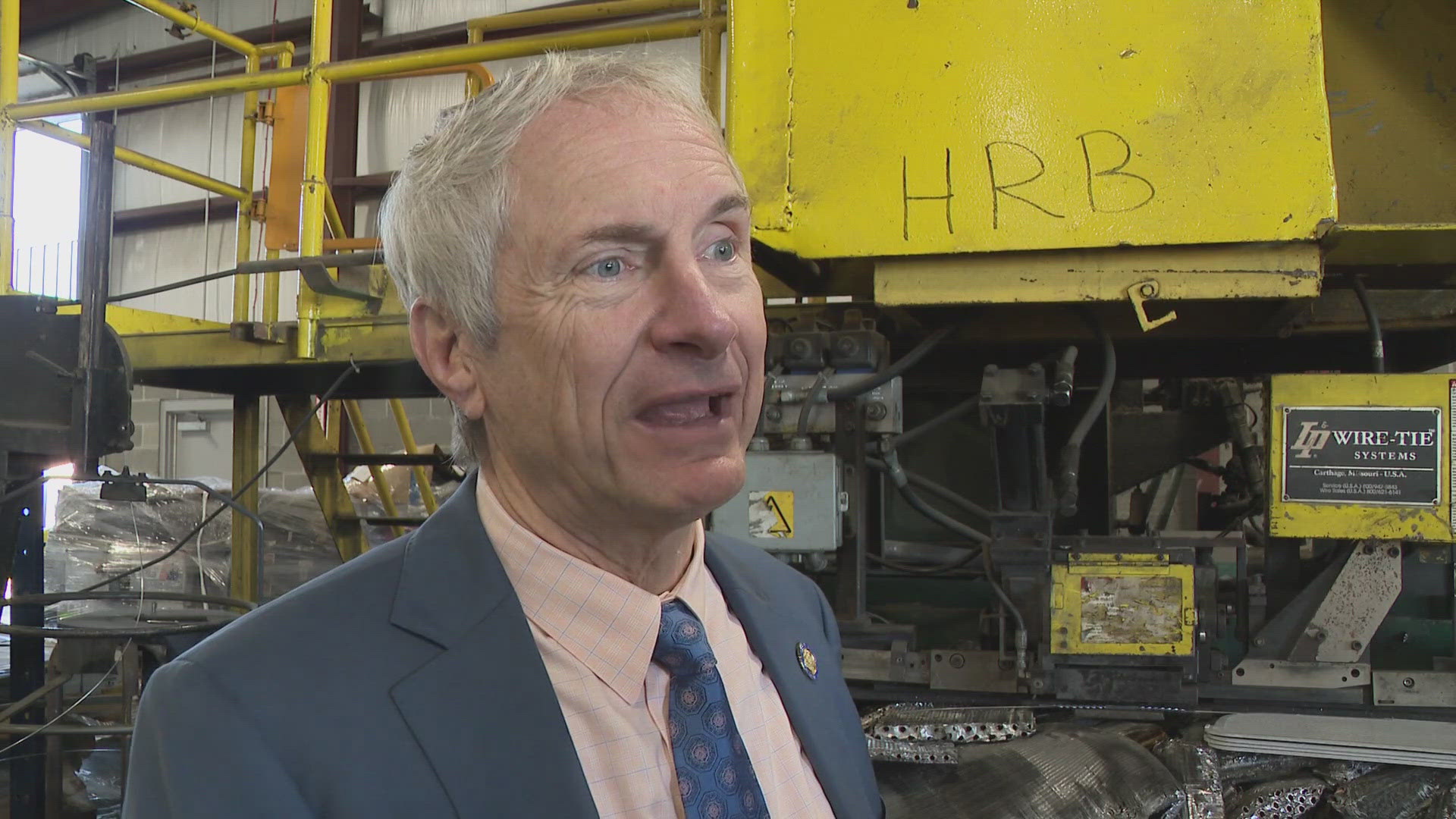ALBANY, N.Y. — Democrats in New York will face new challenges from Republicans and be drawn into interparty battles under new redistricting maps released late Friday.
A rural judge approved the maps that will replace earlier maps that courts found violated the state's Constitution and set political district boundaries in New York over the next decade, giving Democrats less of an edge in their quest for control of the U.S. House than they originally hoped.
But they set up battles between Democrats like U.S. Reps. Jerry Nadler and Carolyn Maloney, and an open battle for the newly drawn 10th Congressional District that extends from Manhattan’s Greenwich Village to Brooklyn’s Borough Park, an Orthodox Jewish enclave.
U.S. Rep. Mondaire Jones, who currently represents New York’s 17th congressional district, said he'd run in the 10th Congressional District instead in a crowded field against competitors including former New York City Mayor Bill de Blasio.
The maps produced by the court’s outside expert, Jonathan Cervas, are more favorable to Republicans and more competitive than previous maps drawn by the Democratically-controlled state Legislature, which were thrown out by an appeals court.
Cervas said he considered thousands of comments, but said some ideas to keep certain racial, ethnic or geographic communities together would have had ripple effects forcing dramatic changes elsewhere that could pose constitutional issues.
But he made some changes sought by critics: Cervas said he had inadvertently proposed splitting Black communities in Brooklyn and would reverse that move. U.S. Rep. Hakeem Jeffries, of Brooklyn, had blasted Cervas' original proposal.
Under the redistricting process that occurs every 10 years, New York is set to lose one of its 27 congressional districts, eight of which Republicans currently hold.
The Democratic-drawn maps would have given their party a strong majority in 22 of 26 congressional districts. The new lines approved by the court create five Republican-leaning districts, up from four, and at least four other districts where Republicans would be competitive.
Republican leaders praised the final maps Saturday, and said Democrats' efforts to gerrymander maps will hurt them in November elections.
The maps will be in place starting with this year’s midterm elections, and include a New York City Congressional district centered on Staten Island that would be more favorable to Republicans.
New York is among a number of states that have seen continuing legal battles over its decennial redistricting process, but one of the few states where Democrats, instead of Republicans, were accused of drawing maps in their favor.
New York’s redistricting process was originally expected to be conducted by an independent commission as part of a process approved by voters in 2014. But the commission couldn’t agree on a set of maps and the Democratically-controlled Legislature took up the task instead, creating maps that were signed by Democratic Gov. Kathy Hochul.
The process then fell to a rural court, located about five hours by car from New York City, after an appeals court made up of judges appointed by Democrats sided with Republican plaintiffs challenging the maps. The court threw out the maps for the state’s congressional districts and for its state Senate races.
The process has already created confusion for the year’s elections, with primary election for the governor’s race, other statewide offices and state Assembly races still being held June 28, but the races for U.S. House seats and state Senate seats being held Aug. 23.
Judge Patrick McAllister faced a Friday deadline to formally approve new maps he released earlier this week. New Yorkers sent more than 3,000 comments to the court imploring McAllister and his out-of-state expert to make changes, particularly in communities of color.
McAllister's court didn't hold public hearings about any complaints, despite calls from advocacy groups for more transparency and court rulings that chided the Democratic-led Legislature for drawing up new maps behind-the-scenes.
The speedy schedule is an attempt to give candidates enough time to campaign in the new districts for already-postponed Congressional and state Senate primary elections in August.
Some voting rights groups have called on New York to postpone the June gubernatorial and state Assembly primaries to August as well.



